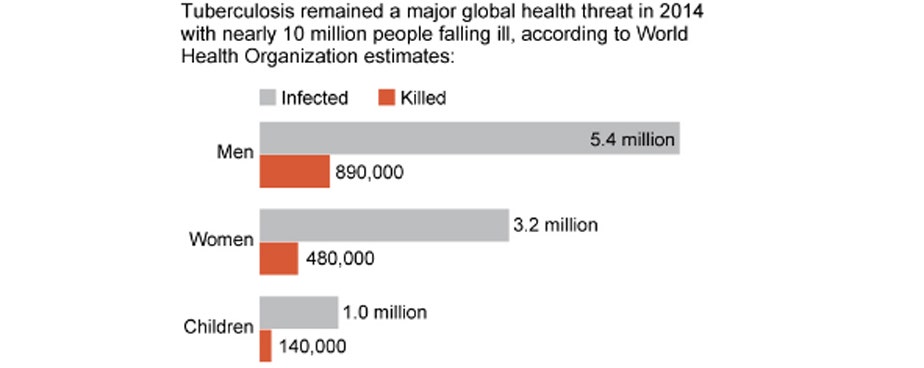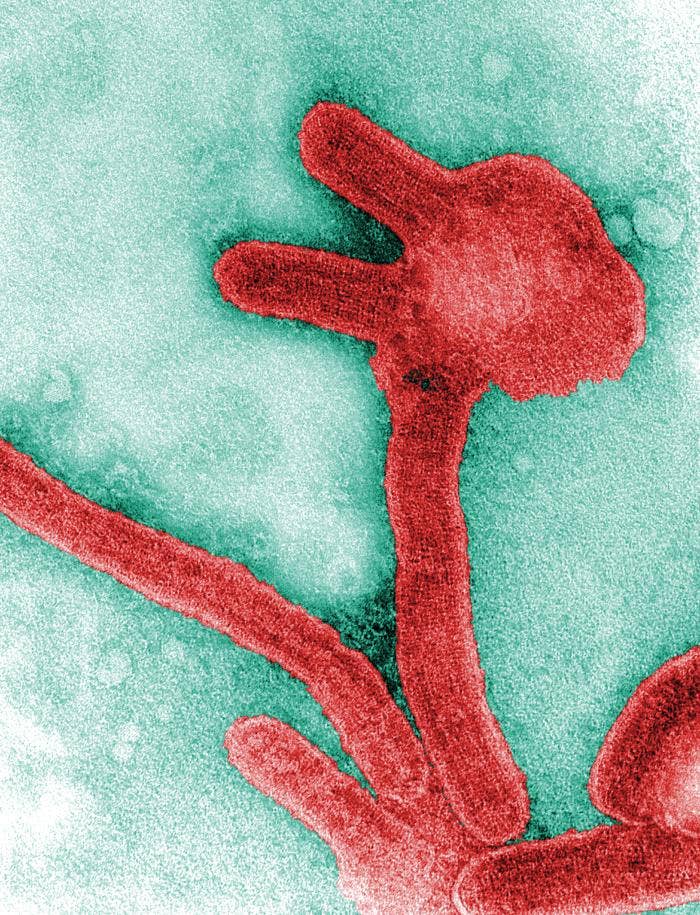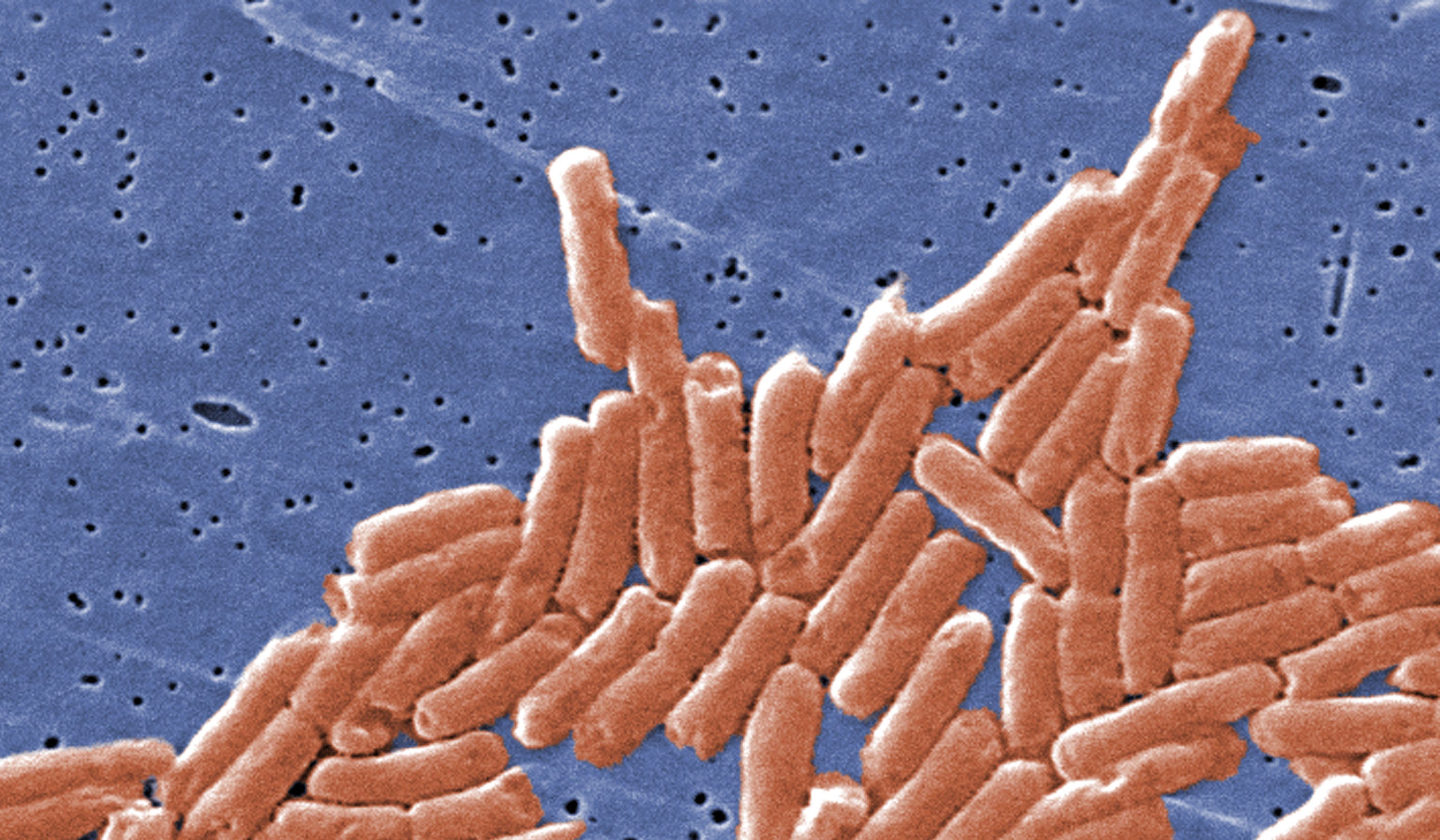After a report about a possible link between food dyes and hyperactivity was released Wednesday, the Food and Drug Administration took action by recommending more studies take place on the issue.
FDA officials said products containing dyes do not need package warnings until more evidence can prove instances of childhood hyperactivity.
The FDA committee concluded in the two-day meeting that there was not yet enough data to conclude that food dyes cause hyperactivity. However, they all agreed that eliminating food dyes from the diets of children with behavior problems has proven to be successful in the past.
The question for the panel and now for the FDA, which will review the panel’s recommendations and decide whether to take action, is whether the potential effect on a possibly small percentage of children — it is unclear just how many — should lead to further regulation. The agency is not expected to diverge from the panel’s advice.
Public health advocates and academics studying the issue agree that dyes do not appear to be the underlying cause of hyperactivity, but they say that the effects of certain dyes on some children is cause enough to ban the additives.
The FDA held the meeting in response to a 2008 petition filed by the advocacy group Center for Science in the Public Interest to ban Yellow 5, Red 40 and six other dyes. Michael Jacobson, the director of that group, said after the vote that he is disappointed that members of the panel were looking for perfect scientific evidence that the link exists. But he said he is pleased that the FDA is acknowledging that food coloring may affect hyperactivity in some children.
“It’s a big change from a year ago,” he said. “At least this hearing gave recognition to the fact there’s a real issue here and I hope a lot of parents will buy foods without dyes.”
Some companies have reduced the use of dyes in food sold in Europe due to public concerns about hyperactivity there while keeping them in U.S. foods. Jacobson said he hopes increased awareness will force some of those companies to use less dyes in the United States.
Parents who testified at the hearing said they are convinced there is a link between food coloring and their childrens’ behavior. The mother of a 7-year-old boy who has struggled with hyperactivity showed off his improved report card and said eliminating food dyes from his diet was “life changing.” She and other moms urged the panel to recommend warning labels.
“That warning would do enough so at least somebody may say `Gosh, that’s the problem,'” said Renee Shutters, who came to the meeting from Jamestown, N.Y. She said ridding her son Trenton’s diet of food colors helped make him a model student.
Representatives of food coloring makers and the food industry urged the agency to hold off, telling the panel Thursday that they don’t believe the science is conclusive.
Most members of the panel agreed that the science isn’t conclusive and said that more studies need to be done. All but one voted to recommend that the FDA further study the issue.
There was significant disagreement on the panel, though, over whether the FDA should include the warning labels.
Several members argued for a label that would let parents know there may be a connection between food coloring and attention deficit disorder since the FDA has acknowledged there is likely a link for some children.
“How many more years are going to pass before we have that kind of data?” said Lisa Lefferts, a consumer representative on the panel. “I don’t think we need more study to take public health measures.”
Wesley Burks, a professor of allergy and immunology at Duke University Medical Center, disagreed. He said a warning label could overblow the link between the dyes and attention deficit disorder.
“When you say ‘some children,’ that’s not how a mother or father reads it,” he said. “They read it as my child. So basically you are going to tell them that’s the cause of it by labeling it.”
Scientists and public advocates have debated the issue for more than 30 years as the use of dyes in food — especially foods marketed to children — has risen steadily. Consumption of food coloring has doubled since 1990, according to some estimates.
The Associated Press contributed to this report.









Leave a Reply